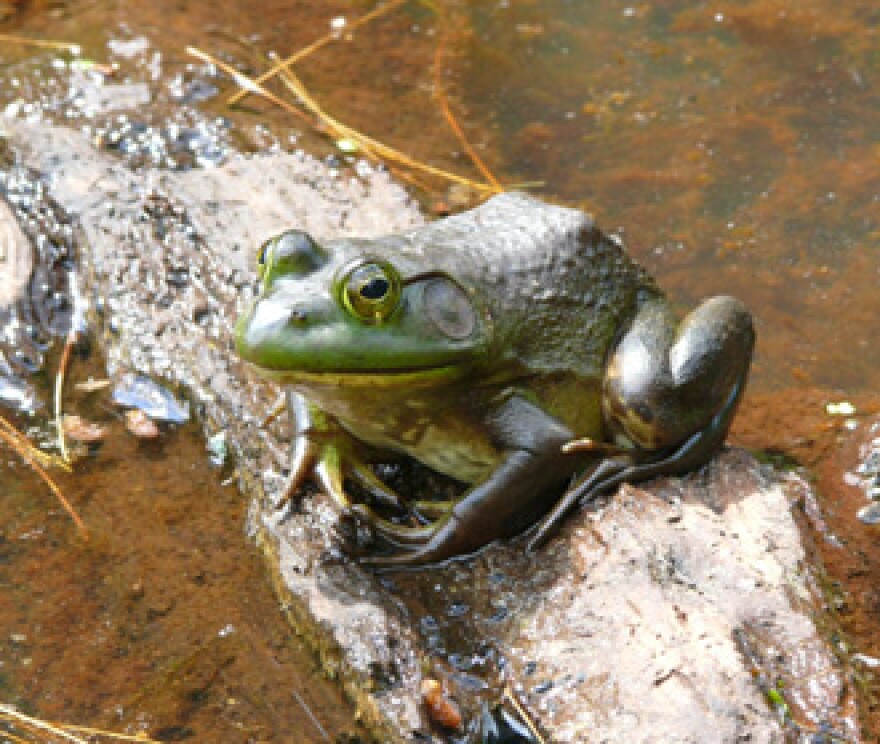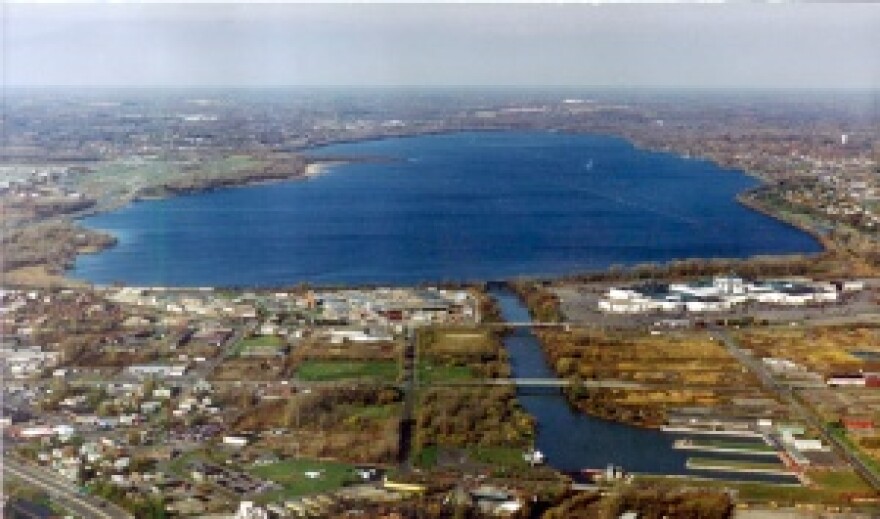Researchers at Syracuse University will soon be looking into whether contaminants from pharmaceuticals and personal care products are in Onondaga Lake and its downstream tributaries. It's one of several new grant-funded projects looking into potential concerns in and around the Great Lakes.
The grants are small…usually $15,000 to $25,000 and SUNY ESF Biochemistry Professor Greg Boyer says they’re intended to explore a fairly strong hunch that could become the basis of a larger research project. Boyer is also director of the Great Lakes Research Consortium, which works with the New York State DEC to select the projects. He says we already know about industrial pollution on Onondaga Lake, and about the phosphorus and nitrogen attributed to waste from the metropolitan sewage treatment plant. But Boyer says we know nothing of pollutants from prescription drugs, personal care products, and pesticides.
"We would suspect its a problem based on what's coming out of other sewage treatment plants across the country, but no one has looked," Boyer said. "This is the type of thing that's worth investing a small amount of money. If it turns out to be nothing, you have the peace of mind knowing that this isn't a problem."
But he says if research shows it is significant, the data gathered from analyzing the effluent from metro can serve as the foundation of a larger project. Boyer says they’re already skeptical because there’s a very depressed amphibian population.

"There aren't a lot of frogs around this lake. You would typically expect in wetlands that surround the lake that there would be a fairly robust amphibian population. Some of these amphibians when they do find them have mixed sexes. You would be very suspicious that you might find some estrogen-disrupting compound that could be affecting some of the amphibians."
Boyer says some emerging compounds have been shown in other places to have that effect. At the same time, he says it could be an industrial pollutant.
Another project will explore ways to restore the habitat of the endangered Piping Plover on Lake Ontario. The following information is from the release sent by the Great Lakes Research Consortium and the State DEC.
- An estimated 700-800 pairs of piping plovers nested in the Great Lakes region in the early 20th century. This beach-nesting species was completely extirpated from Lakes Erie and Ontario by the 1980s. Today, this bird is federally-protected by American and Canadian legislation and by state legislation in every U.S. state where it occurs.
 Credit audubon.org
Credit audubon.orgA Piping Plover. - An international effort is developing to support species recovery and conservation in the eastern Great Lakes using successful restoration efforts in the western Great Lakes as a model.
- This GLRC-funded work will focus on Sandy Island Beach State Park and Sandy Pond, Oswego County, and at Lakeview Wildlife Management Area and El Dorado Beach, Jefferson County.
- Because this species can lose nests to flooding events, but is also attracted to early-successional coastal habitat maintained by coastal overwash, the piping plover may serve as a sensitive indicator of beach ecosystem response to Plan 2014.
Another local project will try to determine if intestinal bacteria might be impacting the changing health and spawning behavior of the stressed Northern Pike population.
- Gut microbiome research science has provided indicators of how intestinal microbes influence the health of mice, rats, termites, chickens, and humans, yet has only modestly been explored in fisheries science.
- With GLRC funding, researchers will examine fish gut microbiome as an indicator of spawning habitat and its impact on the health of Northern Pike, a fish native to the Great Lakes and St. Lawrence River, and a top sport fish in New York State.
- NYS Department of Environmental Conservation studies have shown significant decline of adult and juvenile Northern Pike populations in the Upper St. Lawrence River. Some Northern Pike in the 1000 Islands region have modified their spawning behavior to occur later and in deeper off-shore bay habitats. Spawning in non-traditional habitats can decrease young fish survival.
- As suitable spawning and nursery habitat decline so do fish numbers, causing the need to supplement natural populations with hatchery-bred fish. With this GLRC grant, researchers will create microhabitats in fish rearing facilities to investigate how that influences the gut microbiome and health of hatchery-raised pike.



